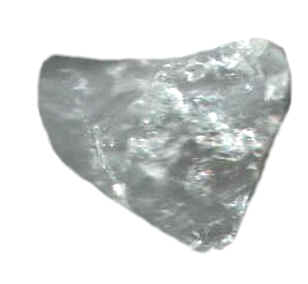Minerals and gemstones can be classified into groups depending on their chemical composition.The following are some of the more common groups which samples in my collection belong to:-
e.g.quartz
Silicates The largest group of minerals. They are metals combined with either silicon or silicon and oxygen. Often igneous in origin. Silicate minerals can also be found in meteorites.
e.g. opal
Oxides
Form when elements (metallic or nonmetallic) combine with oxygen. They are also very abundant.
e.g.calcite
Carbonates
Consist of a metal/metals in combination with carbon and oxygen. They include CO3 in their chemical formula. E.g. calcite and dolomite.
e.g. desert rose
Sulphates
Minerals which consist of a metal/metals combined with sulphur and oxygen. Their chemical formula includes SO4. Many are evaporites i.e. form when salt water evaporates and leaves behind a mineral.
e.g. pyrrhotine
Sulphides
Minerals which forms when a metal combines with sulphur. Tend to be metallic in appearance.
e.g. colemanite
Borates
Form when a metal comes into contact with boron and oxygen. Often found in very warm, dry climates.
e.g. halite
Halides
Minerals which contain a metal and a halogen gas e.g. chlorine or bromine. The are often evaporites.
e.g. apatite
Phosphates
Form when oxygen and phosphorous combine with a metal. e.g.abalone Organics
e.g.abalone
Organics
Minerals or gemstones which contain substances originally found in living plants or animals. Have a variable chemical composition.
Elements Found uncombined with other substances. Can be metals or nonmetals.






